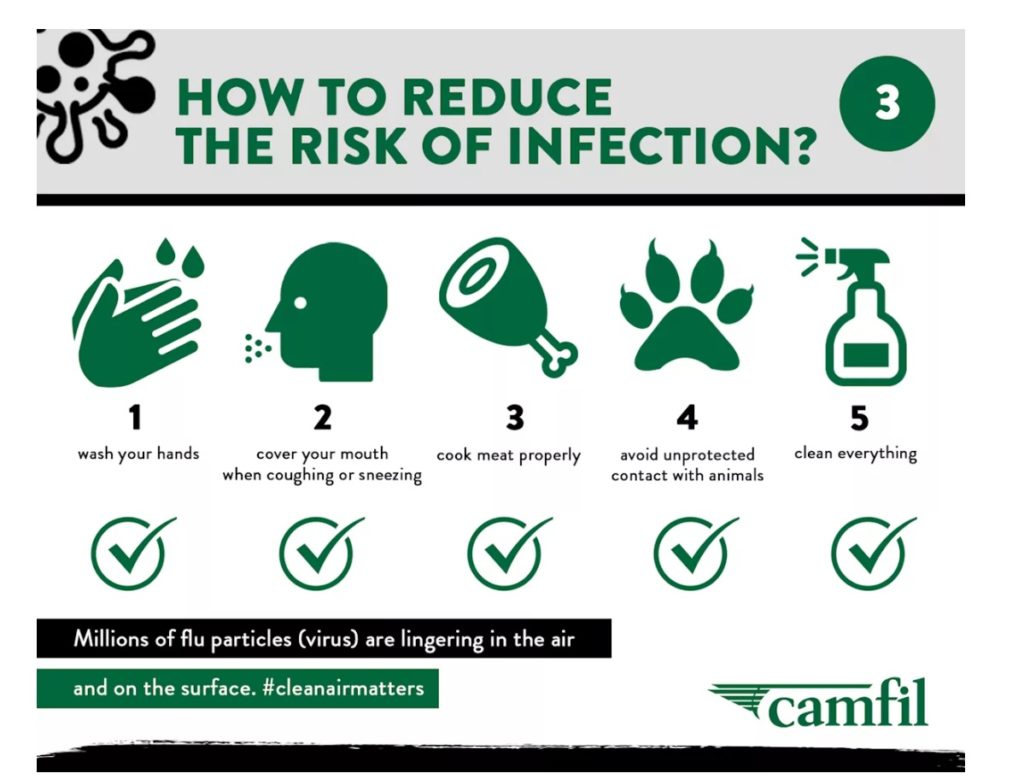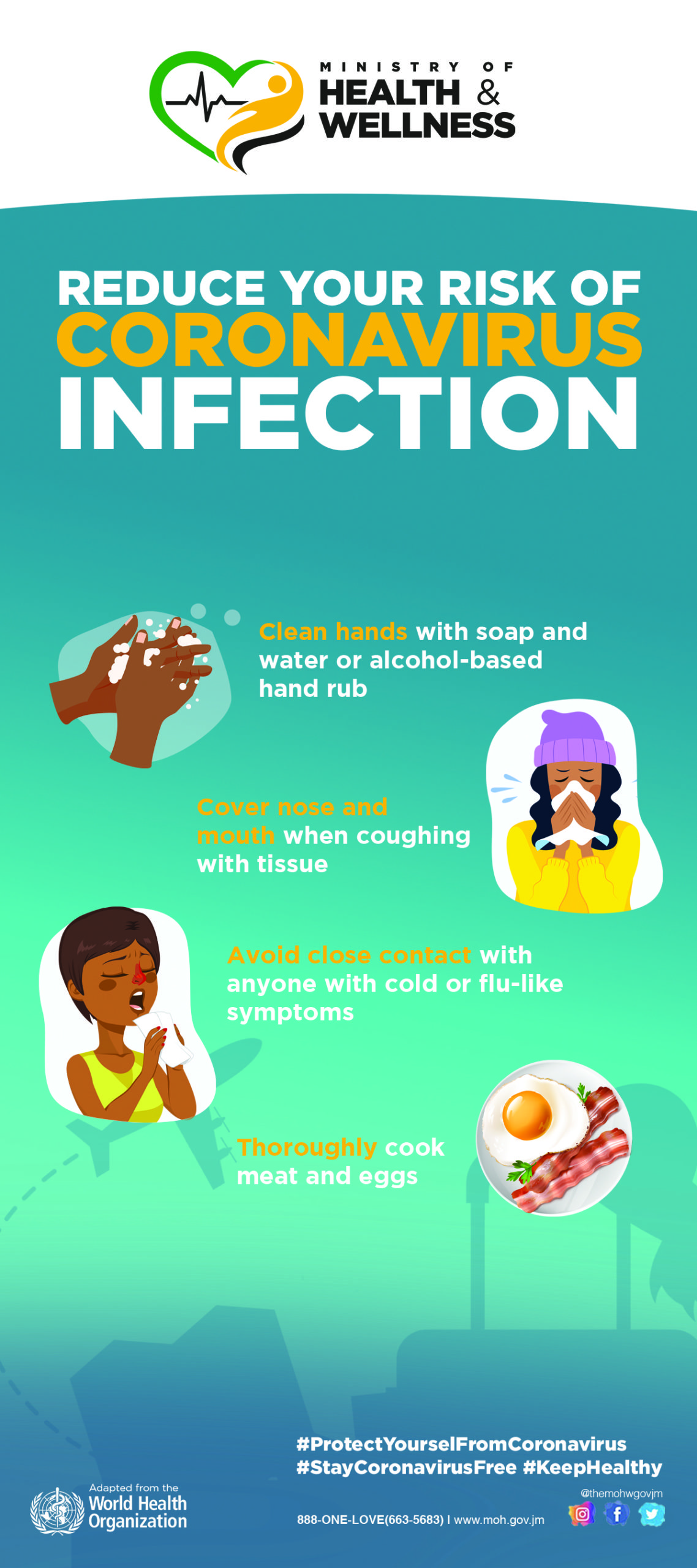Heartwarming Tips About How To Reduce Risk Of Infection

It’s also important to avoid touching your eyes, nose, and mouth with unwashed hands, as those mucosal surfaces are ready routes to infection.
How to reduce risk of infection. How to reduce risk of infection. Infection risk is reduced when the body is kept at a warm temperature. To help reduce the risk of infection and prevent coronavirus, it’s important that you and your children keep safe by taking some simple precautions that can reduce the risk of infection.
Without a doubt, the most important step people need to take to reduce the risk of infection is to get vaccinated and boosted. Vaccination reduces the severity of disease. Intuitively, it seems logical that vaccination would reduce the risk of long covid, and many of us assumed that would be the case.
Wound/bandage care ask your healthcare provider how to care for the bandage post. When an exposure occurs, determining if the risk is high or low is the first step. The long answer is that vaccination, masking, social distancing, washing your hands, and only hanging out with vaccinated people, and avoiding crowds are the way to reduce your risk of.
This means that people need to follow the. Additionally, ask if nasal cleaning and bathing with antimicrobial solutions could reduce your risk of hais, and brush your teeth twice a day. Ad genuine medication from licensed online pharmacy with over 20,000 5* reviews.
Before discharge, ask your doctor. Avoid sharing cups or eating. To reduce the risk of spreading or getting germs, it is recommended.
Exposure to rb51 can lead to brucellosis. There are important actions you can take to prevent infection or reduce risk:
















